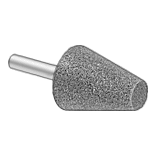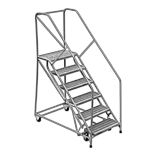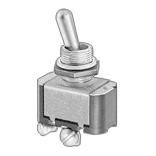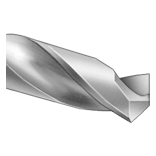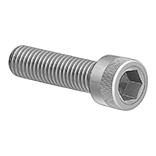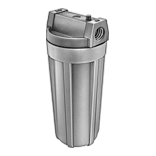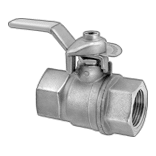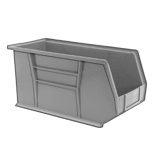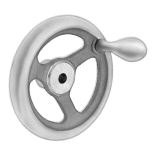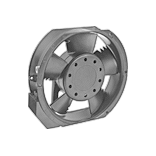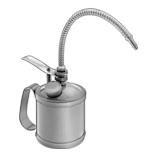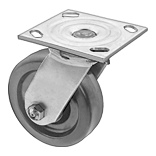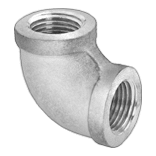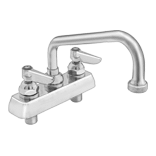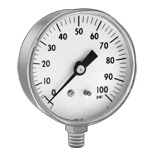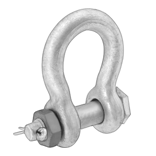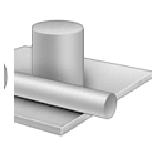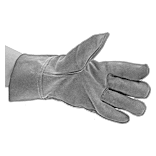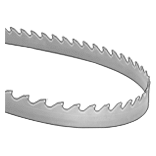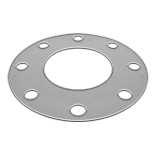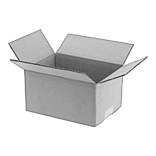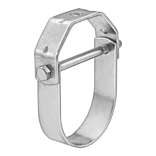About Glove Sizing
More
Oil-Resistant Nitrile Disposable Gloves
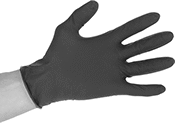
Made from nitrile, these gloves stand up to oil better than latex or neoprene—they resist punctures and tears while you grease machines or service engines. They’re also a good option for those with latex allergies. The thicker the gloves, the more wear they will withstand, but you’ll have less touch sensitivity.
Chemical-resistant gloves protect against spills, splashes, and other brief contact with chemicals.
Gloves with an aloe liner moisturize your skin to soothe dry hands and prevent chapping. Textured gloves provide a better grip than smooth gloves.
Gloves that are FDA compliant are safe to use in direct contact with food.
Available Sizes | |
|---|---|
| Size | Glove Size |
| S | 7 |
| M | 8 |
| L | 9 |
Pkg. | |||||||||||
|---|---|---|---|---|---|---|---|---|---|---|---|
| Texture | Thick., mil | Lg. | Touchscreen Compatible | Color | For Use With | Specifications Met | Choose a Size | Pkg. Qty. | 1-5 | 6-Up | |
Food-Service, Chemical-Resistant Gloves | |||||||||||
Nitrile Rubber—Aloe | |||||||||||
| Textured | 7 | 12" | No | Green | Hydrochloric Acid, Hydrogen Peroxide, Isopropyl Alcohol, Sodium Hydroxide, Sulfuric Acid | FDA Compliant 21 CFR 880.6250 | 50 | 000000 | 000000 | 000000 | |
Static-Control Disposable Gloves

Often worn when handling electronic components, these gloves drain static electricity to protect sensitive parts from damage. Made from synthetic rubber, they’re a good option for those with latex allergies. Plus, they resist spills and splashes from oil, acids, and solvents. They’re textured to give you a secure grip on both wet and oily objects. To prevent particulates from contaminating your work, they’re also powder-free. All are FDA compliant for direct contact with food.
Nitrile gloves are more resistant to oil and grease than neoprene gloves. They also resist punctures and tears better than neoprene. It’s common to wear them to grease machines or service engines.
Gloves that meet EN 374 are rated to European standards for protection from chemicals.
Available Sizes | |
|---|---|
| Size | Glove Size |
| S | 7 |
| M | 8 |
| L | 9 |
| XL | 10 |
| 2XL | 11 |
| 3XL | 12 |
Pkg. | |||||||||||||
|---|---|---|---|---|---|---|---|---|---|---|---|---|---|
| Thick., mil | Lg. | Texture | Liner Type | Touchscreen Compatible | Color | Surface Resistivity | For Use With | Specifications Met | Choose a Size | Pkg. Qty. | 1-5 | 6-Up | |
Food-Service, Chemical-Resistant Gloves | |||||||||||||
Nitrile Rubber | |||||||||||||
| 7 | 12" | Textured | Powder Free | Yes | Orange | 1.1 × 1011ohms/sq. | Formaldehyde, Heptane, Hydrogen Peroxide, Sodium Hydroxide | FDA Compliant 21 CFR 177.2600, EN 374 Type B (JKPT) | 50 | 0000000 | 000000 | 000000 | |
Clean Room Disposable Gloves

Cleaned and bagged in areas with low levels of particulates, these powder-free gloves are safe to use in clean rooms. They help you keep skin oil, microbes, and dust from contaminating your work. The thicker the gloves, the better they resist wear.
Chemical-resistant gloves protect against spills, splashes, and other brief contact with chemicals.
Latex gloves are the most form-fitting, so they’re the best choice for detailed work. Textured gloves give you a stronger grip than smooth gloves.
Available Sizes | |
|---|---|
| Size | Glove Size |
| S | 7 |
| M | 8 |
| L | 9 |
| XL | 10 |
| 2XL | 11 |
| Environmental Rating | Texture | Liner Type | Thick., mil | Lg. | Cuff Style | Color | Number of Gloves Included | Choose a Glove Size | Pkg. | |
Gloves | ||||||||||
|---|---|---|---|---|---|---|---|---|---|---|
Latex Rubber | ||||||||||
| Fed. Std. Class 100, ISO Class 5 | Textured | Powder Free | 7 | 9 1/2" | Elastic | Beige | 50 Pairs | 0000000 | 000000 | |
Chemical-Resistant Gloves | ||||||||||
Latex Rubber | ||||||||||
| Fed. Std. Class 100, ISO Class 5 | Textured | Powder Free | 7 | 12" | Elastic | Beige | 100 Pairs | 000000 | 00000 | |
Butyl Chemical-Resistant Gloves
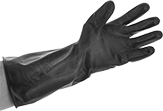
Protect your hands from esters, highly corrosive acids, and ketones such as acetone. Better at blocking out gases and vapors than other chemical-resistant gloves, these butyl gloves are often worn in chemical handling and aircraft manufacturing. All have been tested according to EN 374 against different classes of chemicals. A Type A rating means they resist permeation for at least 30 minutes.
Static-control gloves minimize the buildup of electrostatic charge to protect sensitive equipment.
Smooth gloves are best when you need a grip on dry surfaces.
